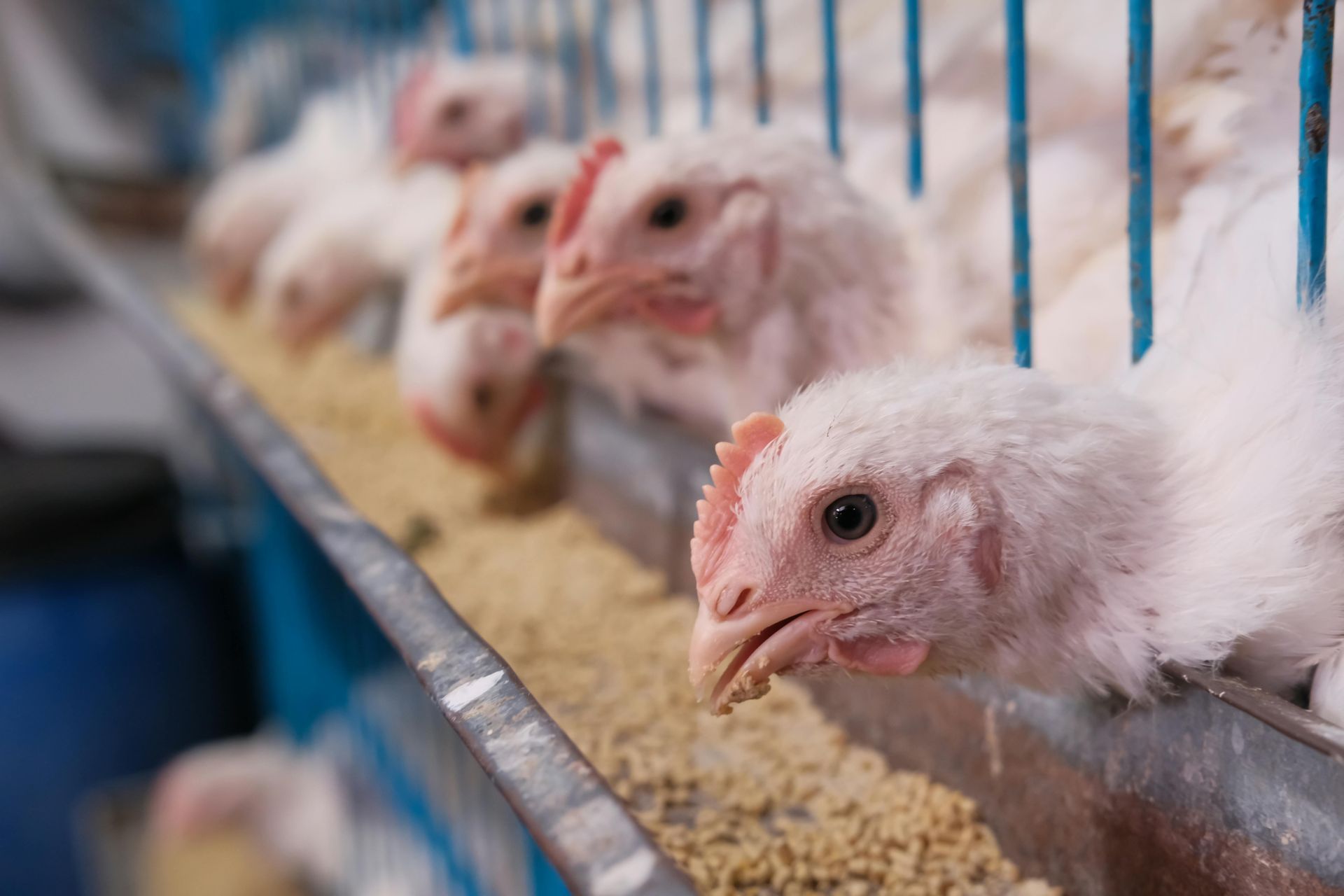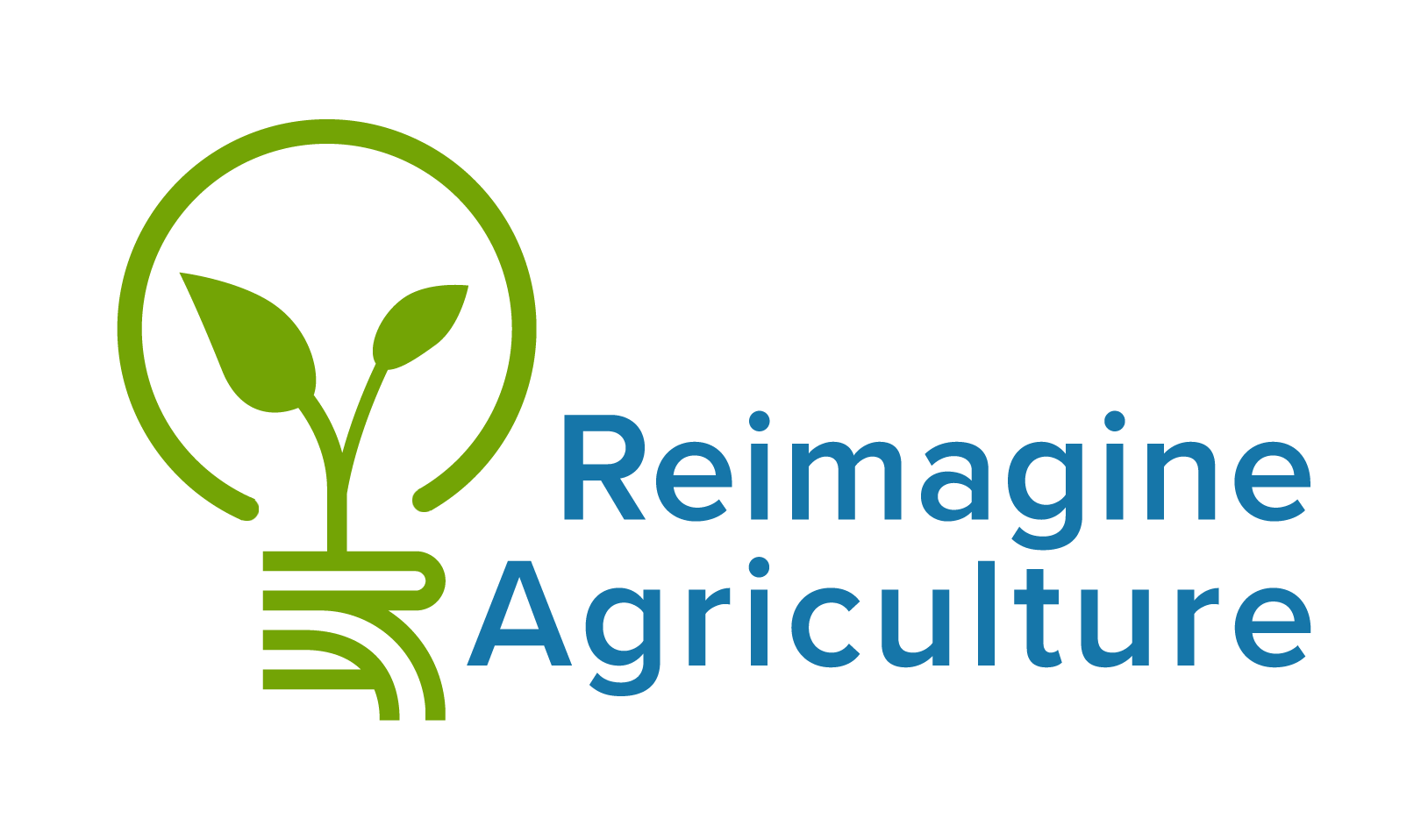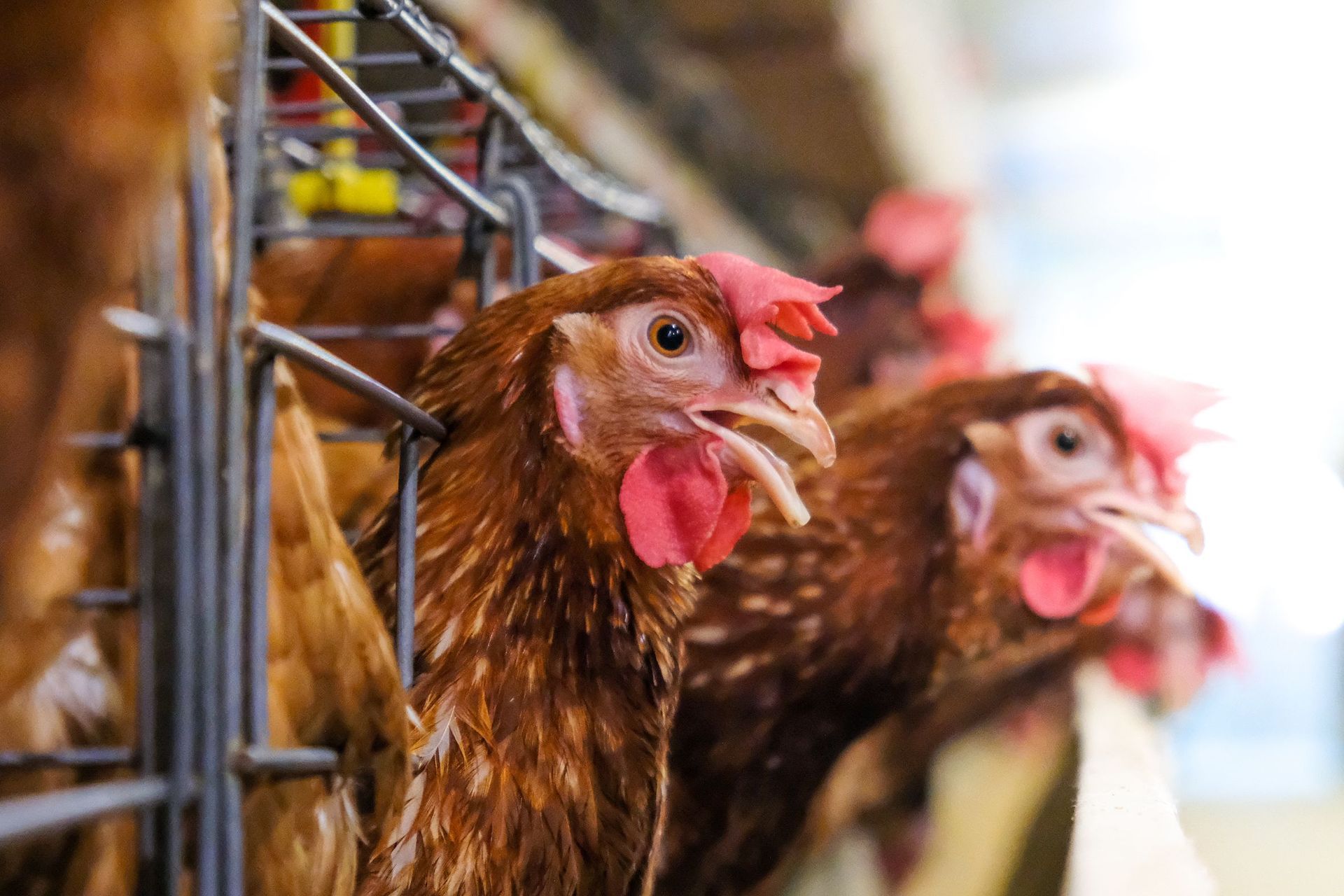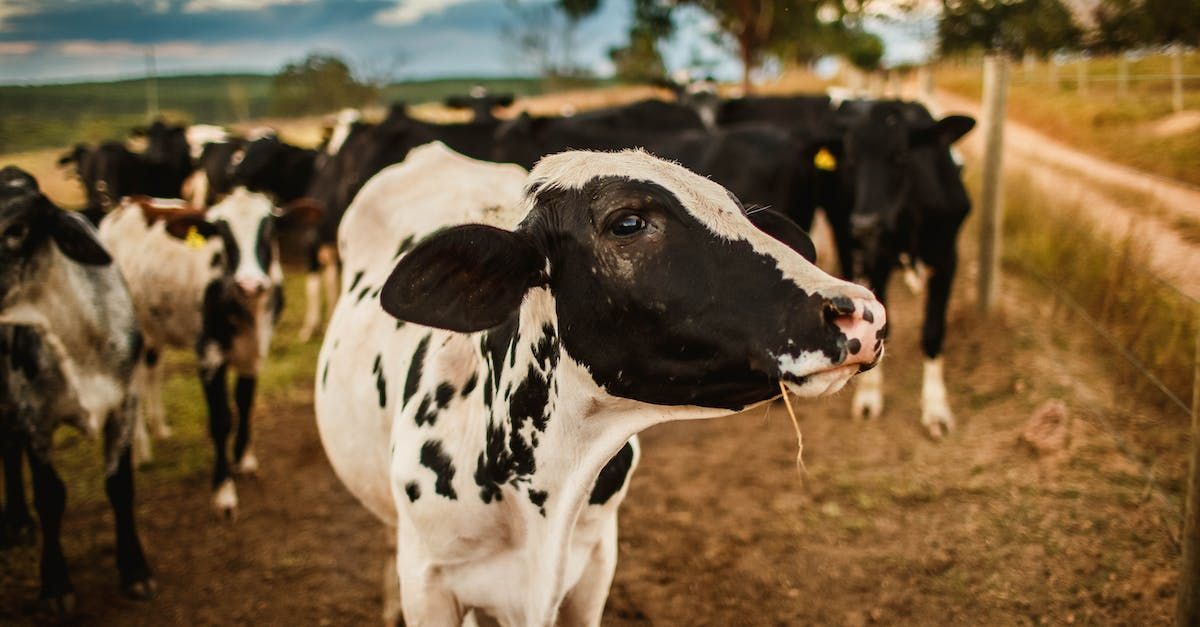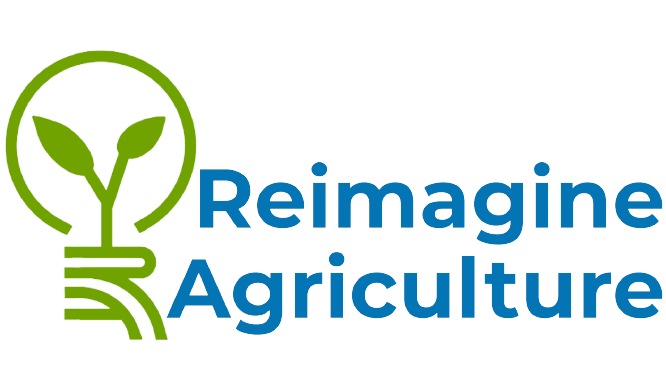Your Agricultural Antimicrobial Questions Answered
What is Antimicrobial Resistance (AMR) and What is the Human Connection to Agricultural AMR?
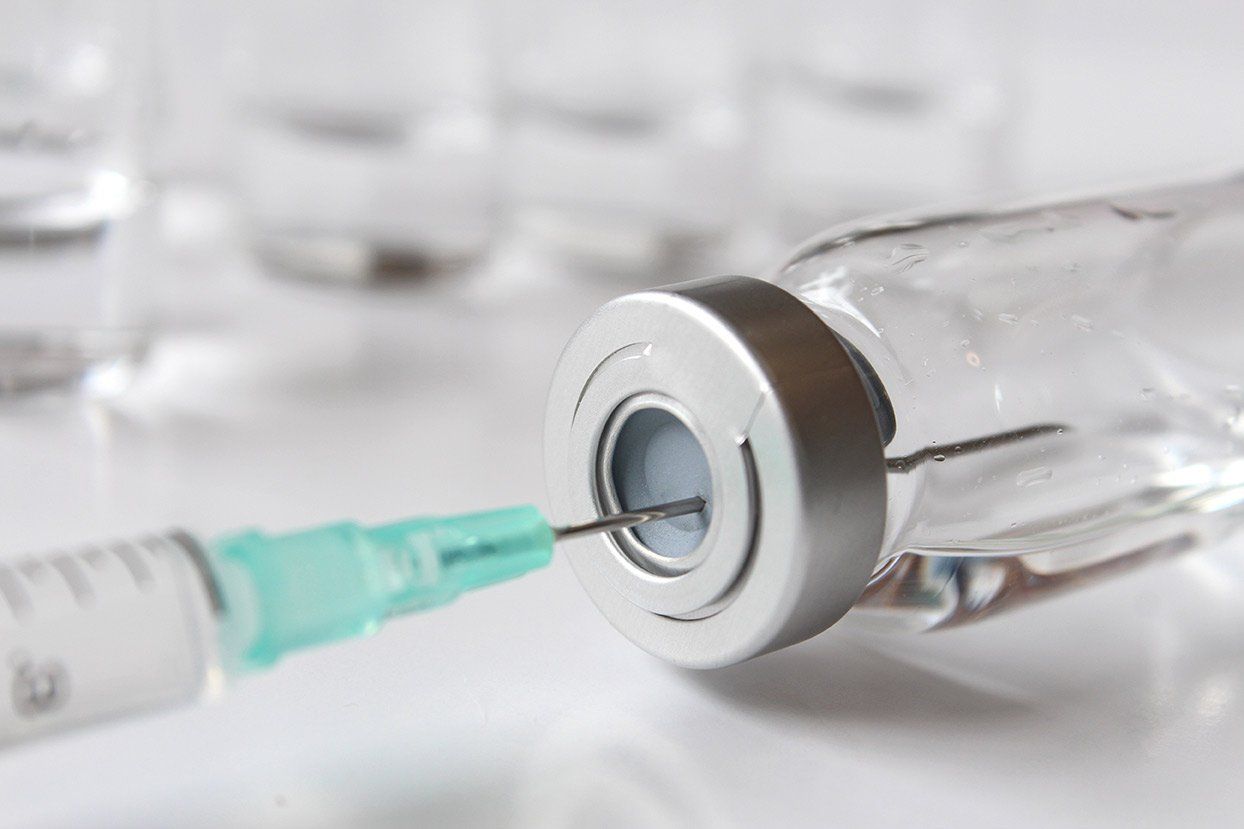
What is Antimicrobial Resistance (AMR)
Antimicrobial resistance, more commonly and herein referred to as antibiotic resistance or AMR, is when microorganisms are no longer susceptible to the agents that used to kill them. Essentially, the modern medicines (antibiotics) we've created to protect ourselves against diseases are becoming increasingly less effective at their job. According to the
World Health Organization, AMR is one of the top 10 biggest threats to global health, food security and development today. It is a great concern in both human and veterinary medicine, and therefore is of public health significance overall.
Why is AMR a problem in animal agriculture?
When pathogens (viruses and diseases) develop a resistance to antibiotics, it makes it difficult to treat and manage common infections in all animals. This increases the risk of disease spread, severe illness and death. Many pathogens can develop multi-drug-resistant genes (MDR), making them “superbugs” that are resistant to all available antimicrobial drugs. The result is life-threatening infections across species globally. According to a study published in The Lancet Journal, an estimated 4.95 million deaths were associated with AMR in 2019. The financial and emotional cost of AMR is a global concern.
How does AMR happen?
Antibiotic resistance happens when antimicrobial drugs, including antibiotics, antivirals, antifungals and antiparasitics, are overprescribed and/or administered improperly, leading to a pathogen becoming resistant to their effects. These drugs are meant to prevent and treat infections in humans, animals and plants, and are one of the most effective treatments available to a wide range of deadly afflictions. Safeguarding their use is paramount to global health. The drug-resistant organisms can spread from person to person or between people and animals, including from food of animal origin. The main drivers of antimicrobial resistance include:
- The misuse and overuse of antimicrobials;
- Lack of access to clean water, sanitation and hygiene for both humans and animals;
- Poor infection and disease prevention and control practices in health-care facilities and farms;
- Poor access to quality, affordable medicines, vaccines and diagnostics;
- Lack of awareness and knowledge; and
- Lack of enforcement of legislation
What Needs to be Done to Prevent AMR?
A One Health multisectoral approach must be taken to fight against AMR. If AMR is not addressed aggressively, it is estimated that 10 million people worldwide will die each year by the year 2050 due to multiple drug-resistant pathogens.
The WHO, along with human and veterinary medical associations worldwide, have set out guidelines to help combat the AMR issue. Some key strategies include:
- Prevention and control of infections by ensuring good water, sanitation, and hygiene programs in hospitals and in communities in general.
- Vaccination programs for S. pneumoniae in people and Bordetella bronchiseptica in dogs, and continued vaccine development for bacterial pathogens that are not yet vaccine-preventable. Vaccination against viral diseases (e.g. influenza and COVID in people, and respiratory viruses in animals) is also important to reduce illness that is inappropriately treated with antibiotics and a lower number of hospital admittances that can lead to hospital-acquired infection.
- Restrict the use of antibiotics in animals only when necessary. Many veterinary associations have developed Antimicrobial Stewardship initiatives to help combat AMR (AVMA, CVMA, WSAVA) to protect animal health and human health alike. The main points raised are to (1) Use antibiotics only when they are necessary for the treatment of a bacterial infection. (2) Use the most appropriate antibiotic for a given bacterial infection. (3) Use the correct dose, frequency, duration, and route when administering antibiotics.
Human medical associations also have implemented similar stewardship programs to prevent the misuse of antimicrobials in people when they are not indicated.
What are some roadblocks to solving AMR?
The lack of novel drugs in the antimicrobial pipeline. In 2019 WHO identified 32 antibiotics in clinical development that address the WHO list of priority pathogens, but only six were classified as innovative drugs.
Lack of access to antibiotics and other antimicrobials in less-developed countries is also problematic as it allows infections to go untreated.
Shortages in effective antibiotics worldwide are affecting health care everywhere, even in developed countries
